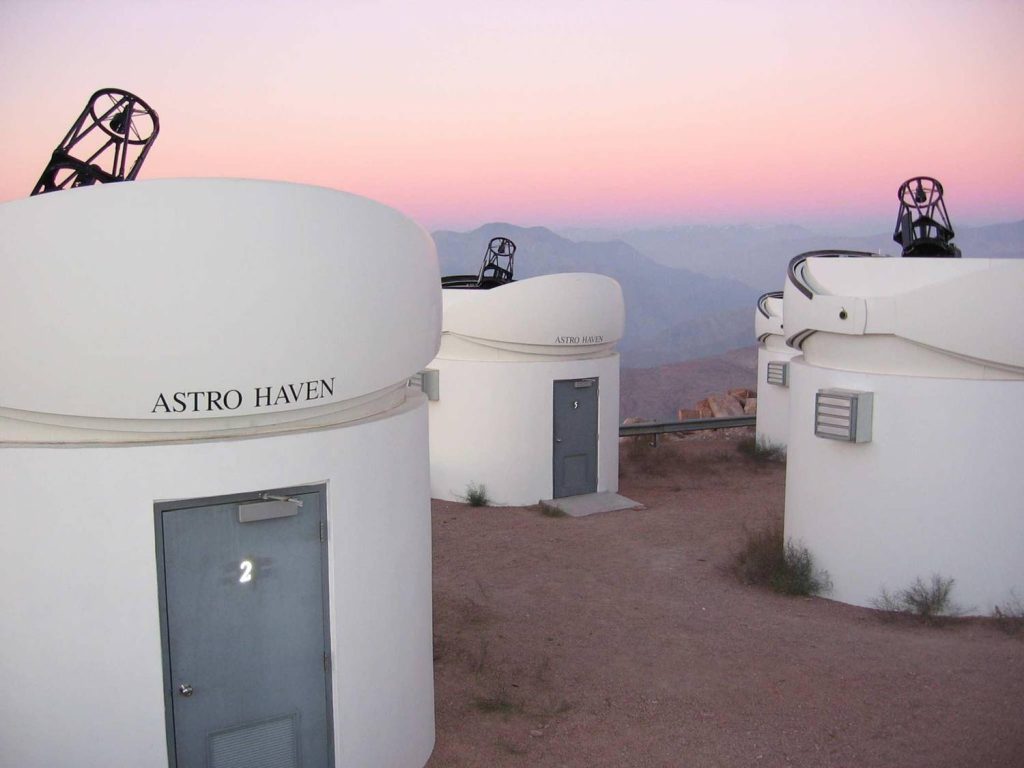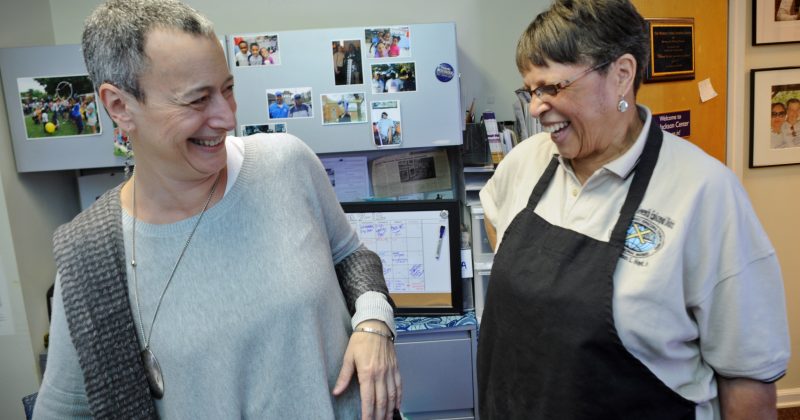
UNC's Skynet system includes these robotic telescopes in Chile.
About 1,400 middle school students will be able to explore the universe with high-tech robotic telescopes in Chile and Chapel Hill through UNC’s global Skynet system. It’s part of a new $1.6 million National Science Foundation grant to encourage interest in the sciences at an early age.
Partners include: The University of Chicago, the National Radio Astronomy Observatory in Green Bank, W.Va.; the Astronomical Society of the Pacific; and 4-H.
Called Skynet Junior Scholars, the program will train 180 4-H leaders and informal educators in Wisconsin, North Carolina and West Virginia to engage youth in telescopic observations of planets, asteroids, galaxies and other cosmic targets during summer camps or weekly club meetings. Skynet will build upon existing 4-H science programs.
Skynet Junior Scholars will have at their disposal a global network of telescopes that Dan Reichart, UNC Bowman and Gordon Gray Professor of Physics and Astronomy, and his associates have assembled to detect gamma-ray bursts, the most powerful explosions in the universe.
“We have users all across the United States and the world, and they all do different science, not gamma-ray bursts,” Reichart said. Skynet has become the leading discoverer of supernovae in the Southern Hemisphere, and also the world’s leading tracker of near-Earth objects (Earth-approaching comets and asteroids). In fact, Skynet observers study a full range of fleeting phenomena of varying brightness that can be seen with a small telescope.
Skynet includes six telescopes in Chile, with six more under construction there and in Australia. The network also includes a 20-meter radio telescope at Green Bank, the 24-inch telescope at UNC’s Morehead Observatory and the 41-inch telescope at Yerkes Observatory in Williams Bay, Wis.
Reichart’s outreach work has evolved into a four-credit course at UNC that enrolls 1,000 or more students annually. That Skynet-based curriculum now is attracting interest from a variety of other institutions in the region, including Wake Technical Community College, Guilford College and North Carolina A&T State University.
“So far we’ve had about 30,000 elementary school students use the system,” Reichart said, through a curriculum developed in partnership with the Morehead Planetarium and Science Center. Using a web page on a kiosk in the planetarium, students pick the object they want to capture and type in an e-mail address. Skynet then takes the image and sends it back.
Thousands of high school students also have made observations, using the same web-based interface that professionals use to operate Skynet. With the addition of the Junior Scholars program, Skynet will have served every age group from elementary school to the professional ranks.
Published in the Spring 2013 issue | The Scoop
Read More

Classroom is community for Professor Della Pollock
Professor Della Pollock founded the Marian Cheek Jackson Center for…



